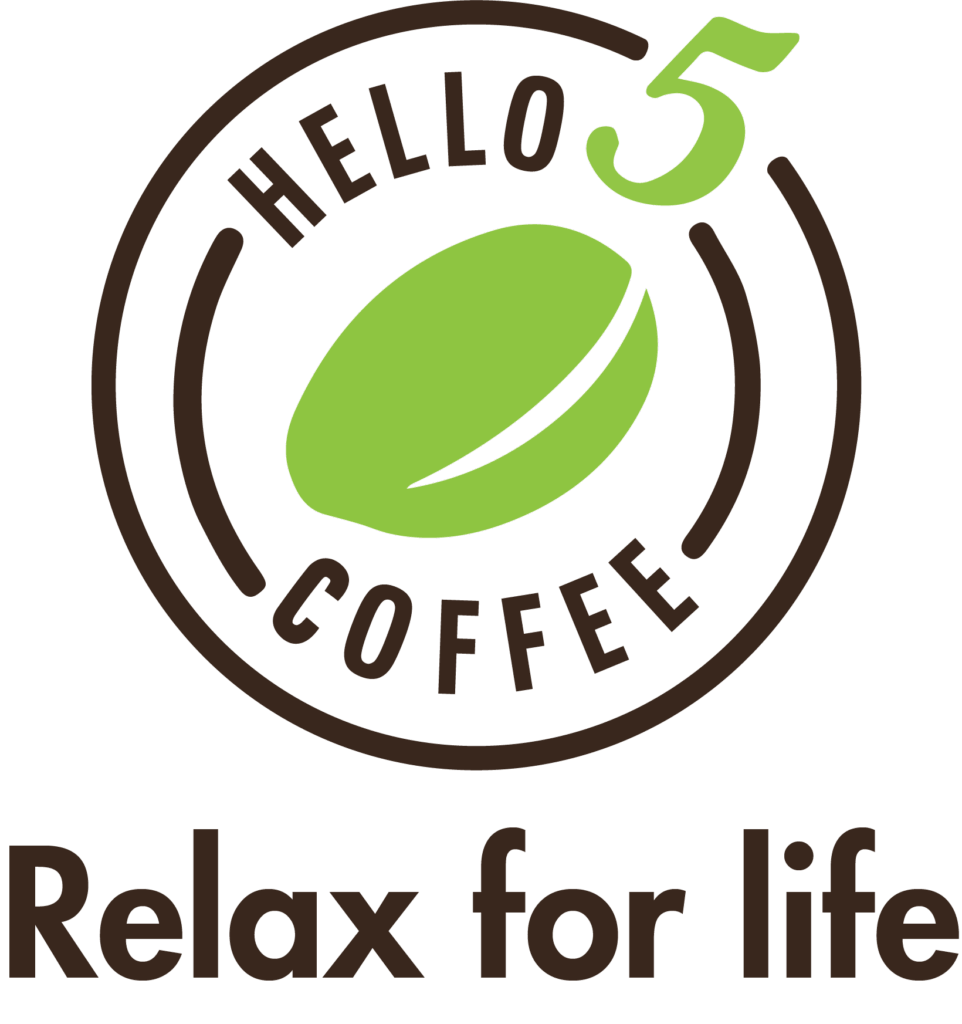Cold Brew coffee is becoming a popular trend among coffee lovers thanks to its smooth, less bitter and easy-to-drink flavor. This is the perfect choice for those who want to enjoy coffee in a more sophisticated, modern and refreshing way.
What is Cold Brew Coffee?
Cold brew coffee is a unique beverage made by steeping ground coffee in cold or room-temperature water, then chilling it in the refrigerator for 12 to 24 hours. This extended steeping process creates a bold, rich-flavored coffee without requiring the high temperatures used in traditional brewing methods. Based on our experience at Hello 5 Coffee, we recommend an ideal steeping time of at least 20 hours to achieve the best cold brew results.
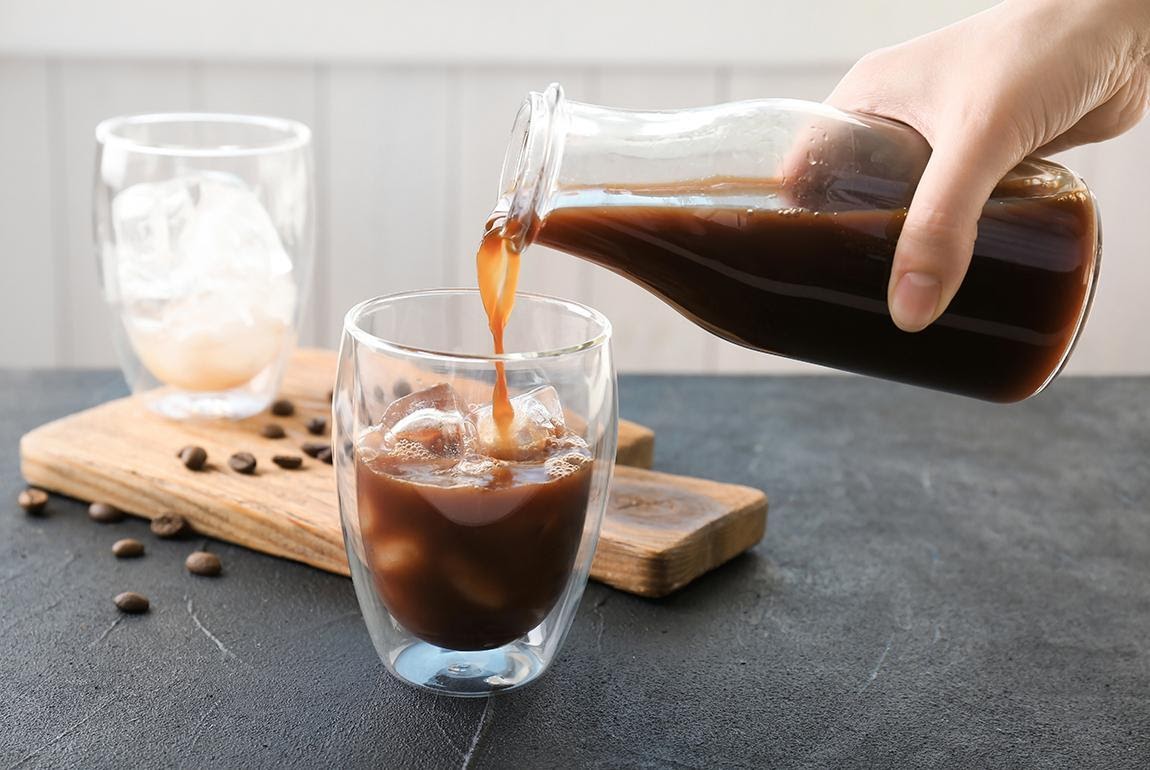
While hot brewing methods like Vietnamese phin coffee deliver intense, robust flavors, cold brew offers a cleaner, smoother taste with significantly less bitterness. Once the coffee essence has been fully extracted from the steeped grounds, baristas can customize it with various ingredients such as sugar, milk, or flavored syrups to match individual preferences. This refreshing cold beverage makes an excellent choice for hot, humid days.
It’s clear that cold brew coffee has become increasingly popular and is now an essential menu item at coffee shops of all sizes around the world.
The Origin of Cold Brew Coffee
The cold brew brewing method originated in the land of tulips—the beautiful Netherlands. To prepare coffee quickly for their long sea voyages (lasting several weeks), Dutch sailors would steep coffee in water barrels and store them below deck, as they lacked fuel for heating and believed this method would save valuable space on their ships.
Therefore, the cold brew coffee method at that time was simply a convenient solution for Dutch sailors to enjoy coffee at sea.
Later, Dutch merchants inadvertently brought this brewing style to Japan. It was there that cold brew coffee reached new heights as the Japanese refined and innovated this cold coffee beverage.
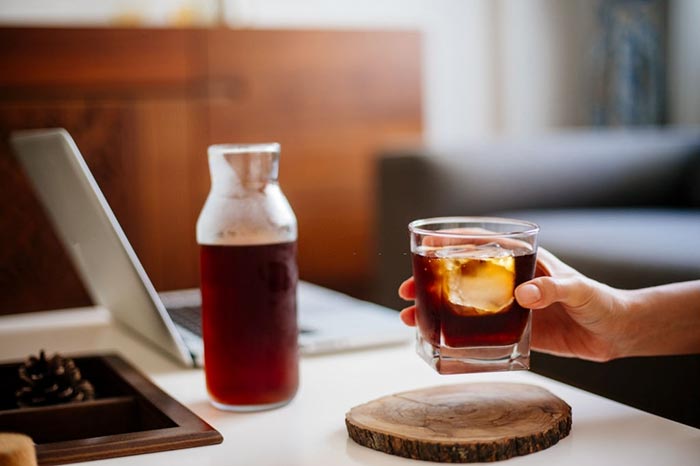
Cold brew coffee truly spread across many countries in the 19th century, from England and Japan to the colonies of the Americas.
Notably, Todd Simpson, a cold coffee enthusiast in Peru, developed his own method and was granted a patent for a cold brew coffee brewing device. This equipment used multiple filters and ice, helping to produce coffee with 67% less acid content compared to hot brewed coffee.
According to his brewing method, even when using coffee purchased from a grocery store, users could still enjoy the unique flavor of cold brew coffee, which actually tasted even better after steeping in cold water for several hours.
How Does Cold Brew Coffee Differ from Regular Coffee?
You can distinguish between these two coffee brewing methods through several key factors:
| Aspect | Cold Brew Coffee | Regular Coffee |
|---|---|---|
| Name Meaning | Cold-brewed coffee (often shortened to “cold coffee” – sometimes confused with regular coffee served with ice) | Hot-brewed coffee, can be served hot or cold |
| Water Temperature | Brewed with cold water | Brewed with hot water (90-96°C / 194-205°F) |
| Brewing Method | Coffee grounds are steeped in cold or room-temperature water for several hours (ranging from 4-24 hours depending on desired flavor intensity), then filtered to extract the coffee | Hot water is poured over coffee grounds in a filter, waiting for the coffee solution to extract and drip into the cup |
| Brewing Time | Long | Short |
| Aroma | Mild, or sometimes minimal fragrance | Strong, characteristic coffee aroma |
| Flavor Profile | Less acidic, with subtle fruity notes | Bold flavor characteristic of each coffee variety used |
In summary, because different water temperatures are used during brewing, the coffee flavors become distinctly unique:
- With hot water: The soluble compounds in coffee are released from the grounds more quickly and evaporate more easily, allowing you to smell coffee’s characteristic aroma. However, hot water also causes these compounds to oxidize more readily, resulting in the sour and bitter notes inherent to coffee.
- With cold water: This slows down the dissolution and oxidation of coffee compounds, meaning cold brew coffee requires more time to extract these compounds from the grounds, producing a gentler aroma with less acidity and bitterness compared to hot-brewed coffee.
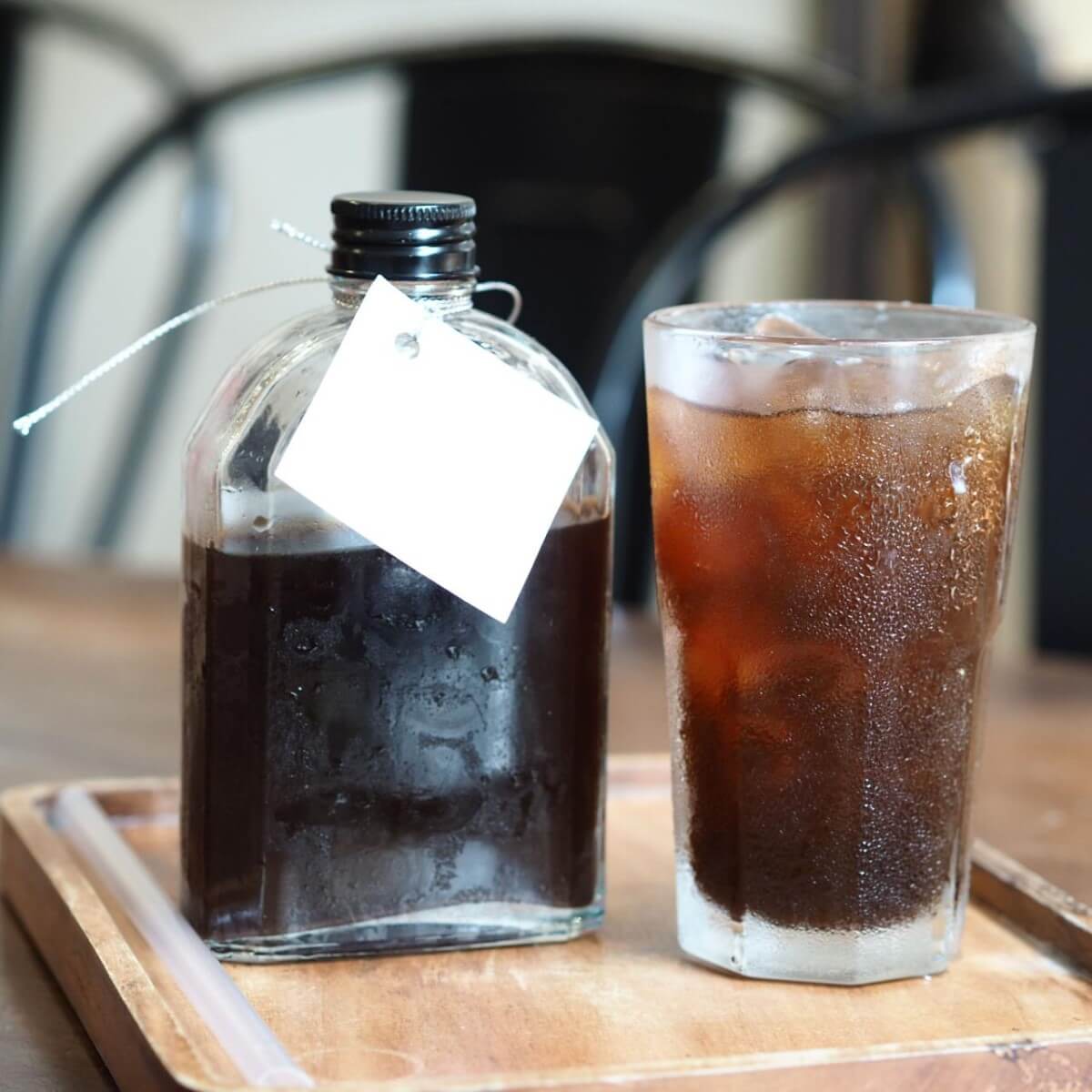
Read more: Vietnamese iced coffee with condensed milk recipe
Why You Should Drink Cold Brew Coffee
According to research, the total acid content in coffee extracted with hot water is higher than with cold water. This explains why some people experience stomach discomfort after drinking coffee, as coffee’s acidity dissolves more quickly as temperature increases. Therefore, by choosing cold brew, you can avoid such situations while also benefiting your overall health.
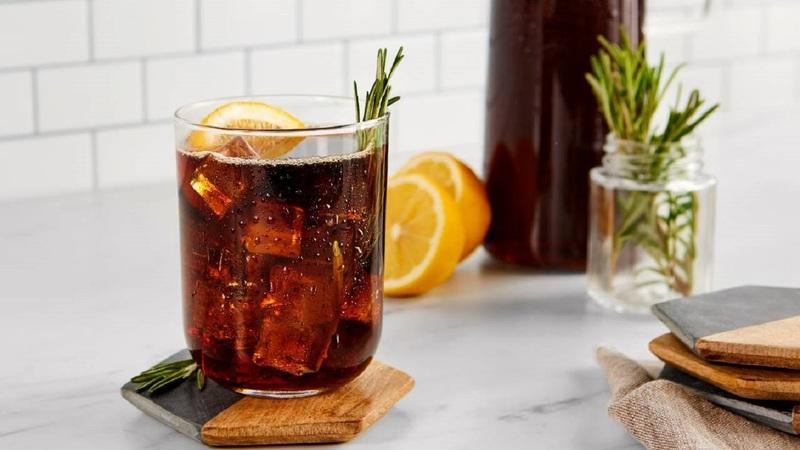
Moreover, cold brew’s smoother, less bitter flavor can satisfy the need for an alertness-boosting beverage for those who find traditional coffee’s bitterness unpleasant.
Additionally, cold brew coffee has a relatively simple preparation method using common household items, requiring no specialized equipment for coffee extraction—perfect for those who want to brew coffee at home.
How to make an Cold Brew Coffee
Ingredients and Equipment Needed
- 250g ground coffee
- 2 liters water
- Cold brew coffee container with lid
- Coffee filter paper
- Coffee serving container
- Stirring spoon
Brewing Steps
Here’s a simple method for brewing cold brew coffee:
- Step 1: Place 125 grams of prepared ground coffee into the cold brew container. Then slowly pour in 1 liter of water and stir well.
- Step 2: Wait approximately 5 minutes for the coffee to bloom (the steeping process), then add the remaining 125 grams of ground coffee to the container and slowly pour in the remaining water.
- Step 3: Seal the container tightly with its lid and place it in the refrigerator for 12 to 24 hours. The steeping time for cold brew coffee can be flexibly adjusted depending on the amount of coffee grounds and the flavor intensity you desire.
- Step 4: Once the coffee has steeped sufficiently, remove the container from the refrigerator. Next, pour the coffee into a serving container using filter paper to remove the coffee grounds.
- Step 5: In this final step, simply pour the coffee into a glass to immediately enjoy a delicious, refreshing cold beverage.
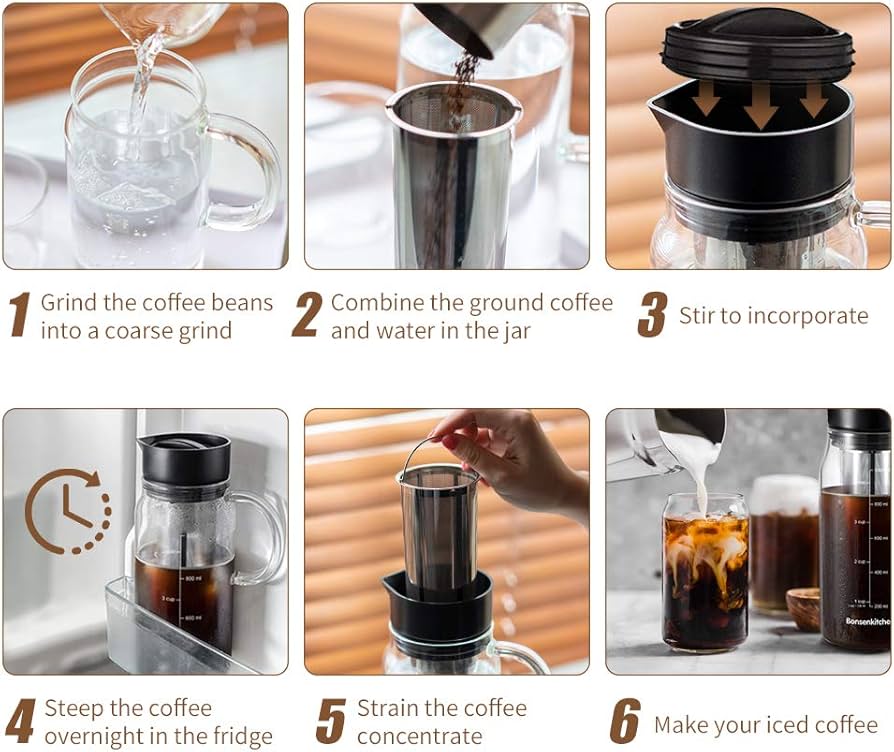
Depending on the coffee variety, cold brew coffee can have an interesting natural acidity with subtle fruity notes reminiscent of oranges or wild berries. To experience the authentic flavor of cold brew coffee, you should drink it immediately after filtering, served with a bit of ice. You can also add sugar or milk to adjust the sweetness to your personal taste.
What Coffee Beans Are Best for Cold Brew?
To make café-quality cold brew at home, you should choose medium-roasted, coarsely ground Arabica coffee, because the extended cold extraction process requires beans with mild acidity, delicate aroma, and pleasant sweetness to deliver a smooth, easy-drinking experience.
Among current coffee offerings, Hello 5 Coffee’s Mondo and Hello 5 Coffee Organic roasted coffee are two particularly suitable choices for cold brew.
- Mondo is blended from select Arabica and Robusta beans, medium to dark roasted, offering caramel and chocolate notes with a hint of deep roasted nuttiness—perfect if you prefer a bold, richly flavored cold brew.
- Organic leans toward naturally cultivated, chemical-free Arabica beans, medium-roasted to preserve their clean taste, light fruit notes, and delicate sweetness—ideal for those who prefer a refreshing, pure, and pristine cold brew.
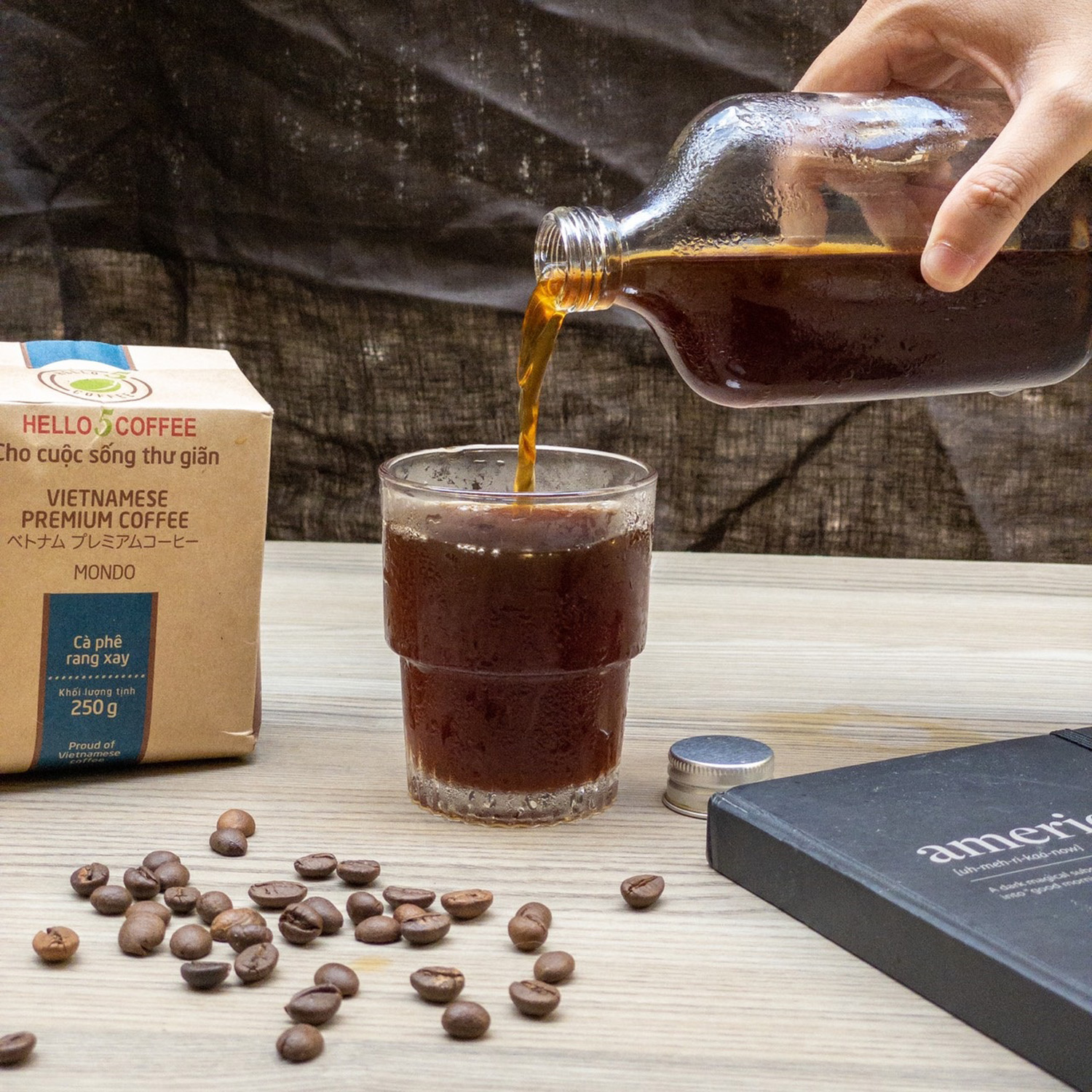
Both of these Hello 5 Coffee blends have ideal roasting characteristics and bean structure for cold extraction, helping you easily create barista-quality cold brew at home—both aromatic and naturally refreshing. If you need to purchase products in bulk, contact Hello 5 Coffee right away!
Contact Information
- Head office: No. 73, To Hien Thanh Street, Ha Dong Ward, Hanoi, Vietnam
- Email: info@hello5coffee.com
- Phone: (+84) 81 535 5505
